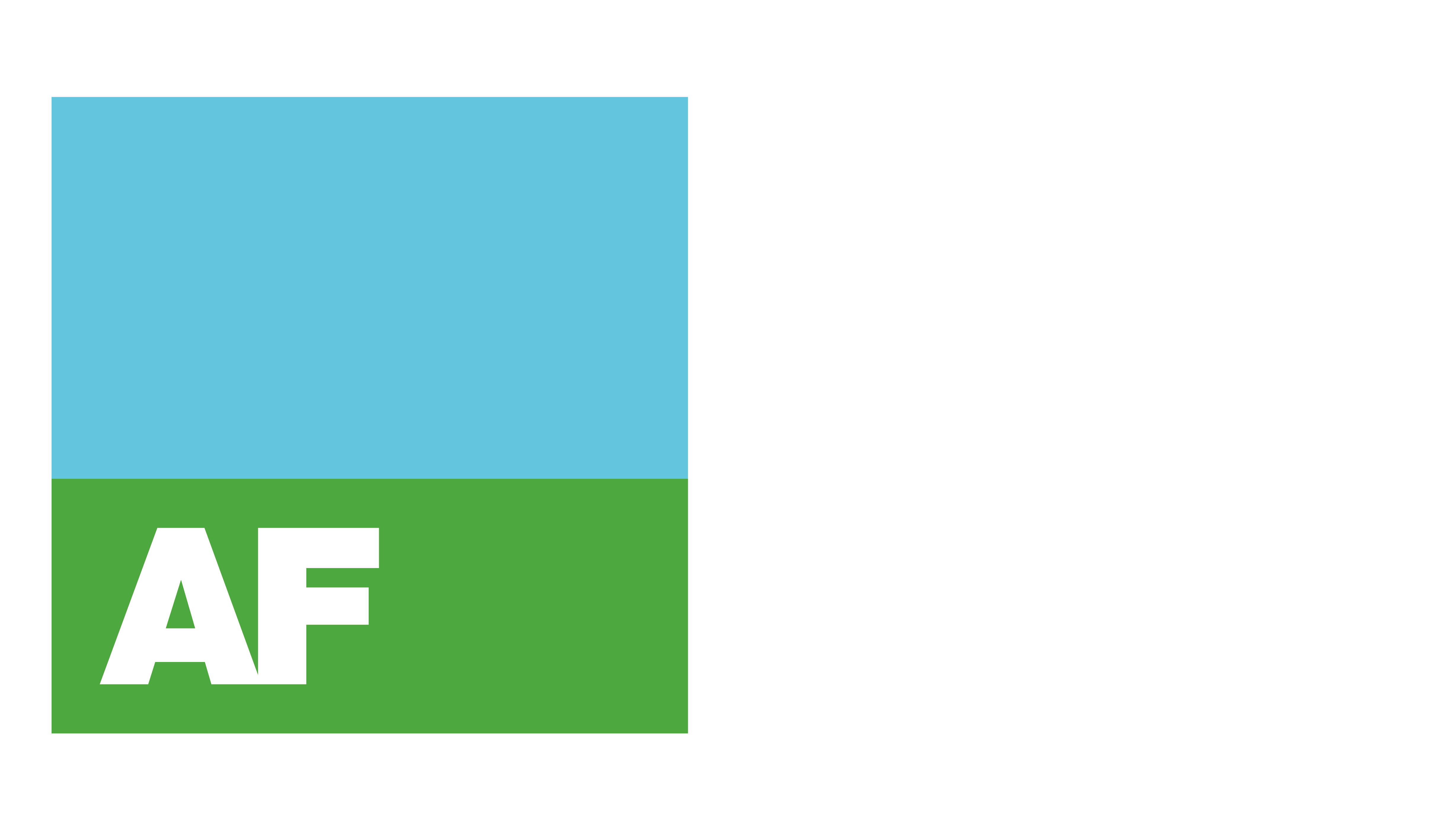Home > Sowing seeds of change: unearthing trends in UK planting and variety choice
Sowing seeds of change:
unearthing trends in UK planting and varieties
We’ve analysed the output of AHDB’s planting and variety survey and compared it with our own seed procurement data to reveal how you and other Members are reacting to global markets and events.
AHDB survey results
Arable farmers are switching their cropping choices. As reported in Farmers Guide, the results from the latest AHDB Planting and Variety Survey of cereals and oil seeds shows that more barley and oilseed rape (OSR) are being sown in the UK, and a reduction in wheat, with an estimated shrinking by 3% for harvest 2023.
The key AHDB findings are:
- UK wheat area is down, estimated at 1.746 million ha for 2023 and 3% down from 2022.
- UK barley area for harvest 2023 is up estimated at 1.154 million ha, an increase of 5% on the year.
- The GB spring barley area is estimated at 702k ha, up 7% year-on-year, while the GB winter barley area is estimated to be 2% higher at 434k ha.
- The GB oat area is estimated at 161k ha, this is 7% down year-on-year.
- The GB oilseed rape (OSR) area is estimated at 402k ha, this is 11% higher than 2022 levels.
- For harvest 2023 KWS Extase is the most popular wheat variety with 17% of the total GB wheat area. For barley, Laureate is the most popular variety, accounting for 32% of the total GB barley area.
AF Member seed buying trends 2021/22 vs 2022/23
The trends reported by AHDB are somewhat borne out by what we’ve measured at AF.
Sales of seed are our best indication, and in the 2022/23 season barley is up 8% compared to 2021/22, but so is wheat, and we have observed drops in OSR, maize and grass. Interestingly, orders for companion crop seed, environmental mixes and rye have also increased, no doubt in part as Members look to Sustainable Farming Incentive (SFI) payments related to pollen and nectar mixes and winter bird feed mixes.

AF 2021/22 v 2022/23 major crop seed procurement comparison
Amongst the ‘minor’ crops, we have seen drops in orders for vegetable and pea seed, but increases in demand for fodder beet, radish and forage crops.
Whilst showing general trends, the AF data must be tempered by the fact that 34% of Members buy seed through the Group, and we have no visibility of farm-saved seed.

AF 2021/22 v 2022/23 minor crop seed procurement comparison
Geopolitics
Russia has pulled out of the Black Sea grain deal and has diverted 50,000 tonnes of wheat to each of 6 sympathetic African nations, to compensate for the Ukrainian exports they are now blocking.
But only 3% of Ukranian grain went to poorer nations, 80% was sent to wealthier nations such as Spain and China, so Europe will feel a disproportionate level of pain.
Harvest 2024?
We think harvest 2024 is likely to see wheat hectarages pick up again. Between the Ukraine war and the devastating drought in Southern Europe this year there is going to be a significant shortage of wheat in 2023/24 and so increased prices will stimulate additional planting.
Reaction to the disappointing OSR harvest this year could lead to reductions in 2024 plantings, and the ongoing high cost of energy is likely to lead to further shrinkage in potato and vegetable planting.
AF expects that cover, environmental and companion cropping will continue to increase, as farmers focus on improving soil and biodiversity, as well as continuing to optimise incomes from SFI.
How can AF help?
AF seed expert Paige Hastings is a fabulous starting point for advice on cropping and varieties. With a portfolio that’s supplied over 330 seed varieties in the last 24 months, Paige and the Crop Inputs team will be able to help with all Member seed needs.
So, please email or call your AF Seed team on 01603 881 906 and #challengeAF to find the seed you need at the most competitive price.



